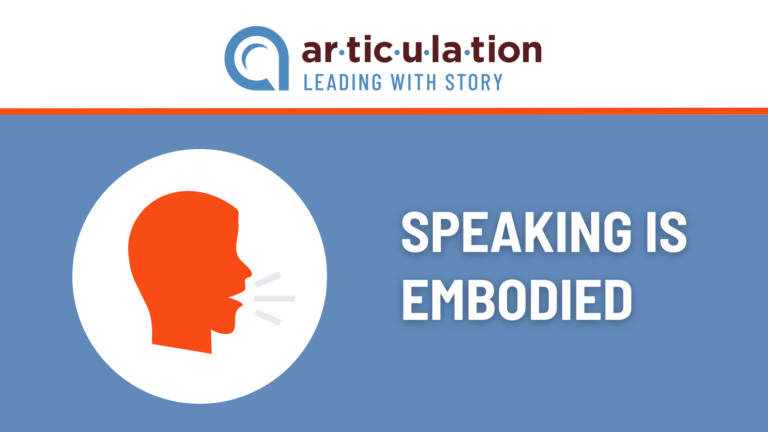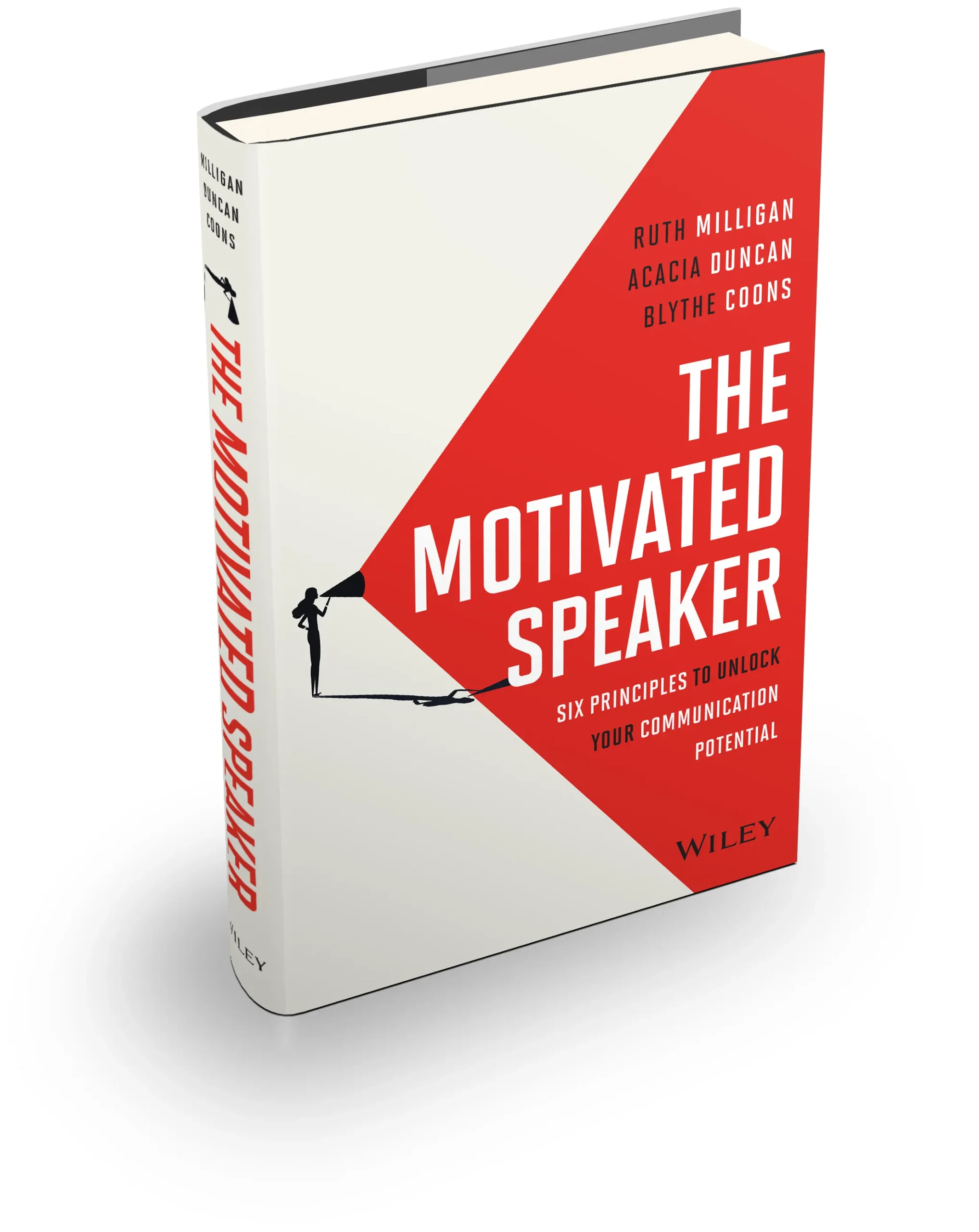Speaking is an embodied practice: The second Threshold Concept for Learning to be an Effective Speaker. Discover the transformative journey from writing to speaking. Learn how to embody your ideas and craft powerful talks that resonate with your audience.
*******
Nearly 12 years ago, I was coaching a very academic leader in town for a TEDx talk. In a somewhat non-traditional sequence for our coaching, he sent me his draft, I sent a few notes back. He sent me another draft.
I knew after the second round of edits he was treating this like a writing exercise. And indeed, many people use writing to organize thoughts, concepts, themes, messages. There is nothing wrong with that.
Before he sent back a third round, I sent this note:
“Remember, you are not allowed to read these words, they have to be delivered and spoken—without notes—and as if you are embodying these ideas.”
The notion that speaking is “embodied” activity might seem like a oh duh, concept. Of course we use our body—our mouths, stomachs, lungs, eyes, ears and more—to speak.
But when you are in the process of developing a talk, there is a point where you must stop thinking about what you are going to say, or even writing it or editing it. And then deliver it.
This process of knowing that your ideas must formulate into spoken words is a threshold concept. They simply cannot live in your head.
Writing vs. Speaking
I had to remind my speaker that the organization and structure of a talk is generally far different than the structure for a piece of writing. We write in long sentences, we talk in shorter ones. We don’t include transitions in our writing like we do in our speaking. You know them when you hear them: “next I want to discuss…” (previewing the talk) or “let me repeat what I just said” (for emphasis). Many of these “narrative cues,” as I call them, only come out when you begin to speak it and imagine looking in the eyes of your audience while doing so.
So, while “speaking is embodied” is a concept you have to embrace before you learn to speak, we have a few tips to help you lean into this specific practice.
- Talk it out before you are done with the talk development.
- Record it.
- Listen back and become your own audience.
In doing so, you are leaning into the fact that you must deliver the talk and refine how it sounds, focusing not only on its written structure but also on its oral delivery.
My process of writing and delivering a talk has changed dramatically over the years. I write a few thoughts down after I know the purpose and audience for the event, then I record myself walking through the various ideas. I transcribe this script and then read what I have spoken. I will do that again at least one more time before I have a sequence (some call it a talk track) for my narrative that flows both between ideas, imagining it in front of an audience and then also hearing my own voice. Fully embodied.
Ready to refine your public speaking skills? Reach out to us to learn how we can help you craft talks that captivate and resonate with your audience. Let’s elevate your voice together.
*******
About The Threshold Concepts for Learning to be an Effective Speaker
Articulation has established Six Threshold Concepts for Learning to be an Effective Speaker. Embrace all six and practice the rituals, habits and patterns associated with them to become a better speaker.
- Speaking is Habitual
- Speaking is Embodied
- Speaking is Social
- Speaking Contains Multiple Genres
- Speaking is Messy
- Speaking Requires Feedback
Learn more in our introduction to the Threshold Concepts.


